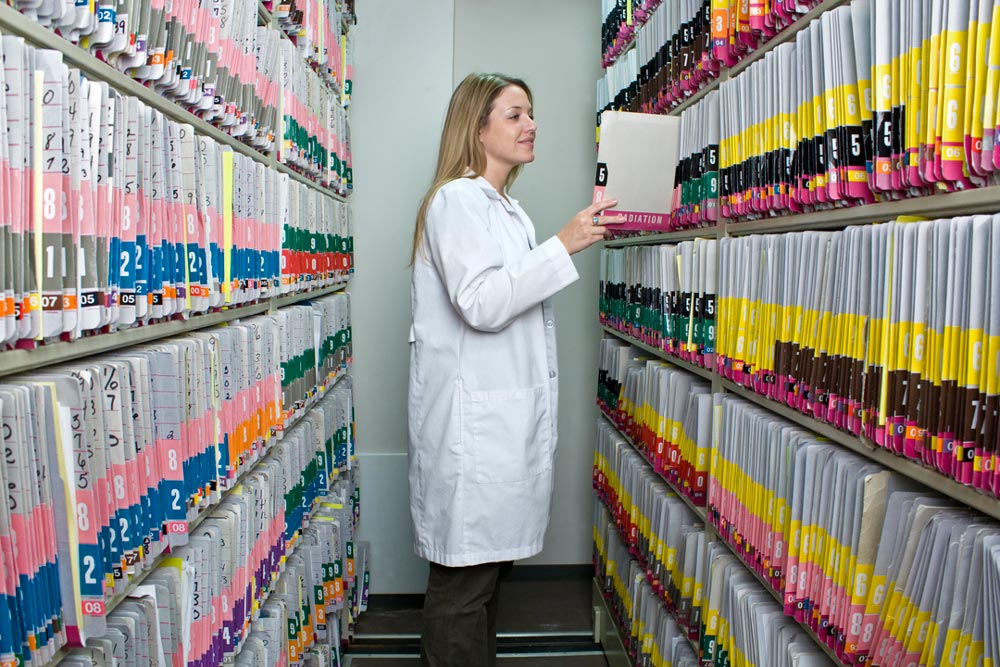Essential Medical Billing and Coding Guidelines: Maximize Efficiency and Accuracy in Healthcare
In teh fast-evolving world of healthcare, medical billing and coding play a crucial role in ensuring that providers get paid accurately and promptly. However, with complexities in regulations, coding systems, and billing processes, maximizing efficiency and accuracy can be challenging. In this article, we will explore essential medical billing and coding guidelines that can streamline the process and enhance healthcare delivery.
Understanding Medical Billing and Coding
Medical billing and coding are interconnected processes vital for the healthcare industry’s financial stability. Below are the core elements:
- Medical Coding: The process of converting healthcare diagnoses, procedures, medical services, and equipment into universal medical alphanumeric codes. These codes are derived from medical records and are crucial for billing.
- Medical Billing: Involves the submission of healthcare claims to insurance companies and patients, utilizing the codes assigned during the medical coding process.
Why Accurate medical Billing and Coding Matter
Accurate medical billing and coding are pivotal for several reasons:
- revenue Cycle Management: Correct coding ensures appropriate reimbursement and maintains cash flow.
- Compliance: Adhering to coding rules and regulations avoids legal issues and penalties.
- Patient Satisfaction: Accurate billing leads to fewer billing disputes, enhancing patient trust and satisfaction.
Essential Guidelines for Medical Billing and Coding
1. Stay updated with Coding Systems
Familiarity with coding systems is key to efficient medical billing. Major coding systems include:
- ICD-10: Used for diagnosis coding.
- CPT: Utilized for procedure coding.
- HCPCS: Covers services not included in CPT codes.
2. Accurate Documentation is Key
Ensure that all patient interactions are documented thoroughly. Proper documentation supports the accuracy of codes and claims.Guidelines include:
- Record all patient symptoms, diagnosis, and treatment plans clearly.
- Use standardized terminologies and formats.
3. Timely Claims Submission
Claims should be filed as promptly as possible to avoid delays. Consider these tips:
- Utilize electronic claims submissions to speed up the process.
- Establish a timeline for submitting claims post-service.
4. Regular Training and Education
Invest in ongoing education for your billing and coding staff. This can include:
- Workshops on changes in medical coding and billing regulations.
- Online courses on software tools for billing and coding.
5.Leverage Technology
The right technology can dramatically improve efficiency. Utilize:
- electronic Health Records (EHR) to streamline data entry and documentation.
- Billing software that integrates with coding databases to automate claims.
Benefits of Effective Medical billing and coding
Implementing the essential guidelines brings numerous benefits:
- Enhanced Revenue: Improved coding accuracy leads to better reimbursement rates.
- Reduced Errors: Following standardized guidelines minimizes billing mistakes.
- Better Compliance: Adhering to regulations prevents audits and fines.
Practical Tips for Success
Here are additional practical tips to enhance your medical billing and coding processes:
- Conduct regular audits of billing practices.
- Encourage open interaction between coding and billing departments.
- Utilize claim tracking software to monitor claim submissions and follow-ups.
Case Studies: Real-World Examples
| Healthcare facility | Challenge Faced | Solution Implemented | Outcome |
|---|---|---|---|
| Community Care Clinic | High rate of claim denials | Regular coding audits | 60% decrease in denials |
| City Medical Center | Delays in payments | Automated billing software | Faster payment turnaround |
| Health First Provider Group | Staff turnover | Ongoing staff training programs | Increased staff retention |
First-Hand Experience with Medical Billing and Coding
As a medical billing specialist, I’ve witnessed firsthand how following the guidelines has transformed practices. for instance, at a previous position, we experienced a significant drop in claim denials after integrating electronic claim submissions. This not onyl boosted our cash flow but also improved staff morale as they felt more competent and in control of their responsibilities.
Conclusion
Efficient and accurate medical billing and coding can greatly enhance the financial health of healthcare organizations. By implementing the essential guidelines outlined above, healthcare providers can improve their revenue cycle and patient satisfaction. Staying updated with coding systems, ensuring accurate documentation, leveraging technology, and investing in staff education are key components for success in medical billing and coding. By adhering to these guidelines, you can maximize efficiency and accuracy, fostering a more effective healthcare environment.



